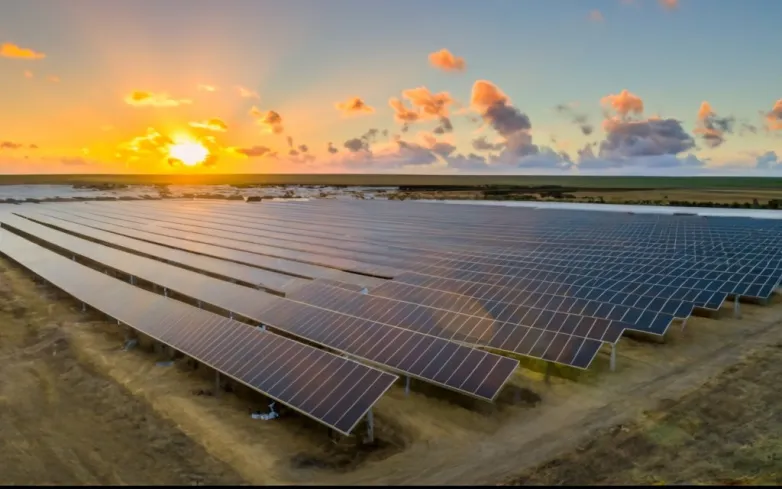ENEOS signs framework to acquire 10 MW of Marubeni PV
- ENEOS Renewable Energy will acquire 10 MWdc of solar plants developed and built by Marubeni under a new framework agreement in Japan.

Japan’s ENEOS Renewable Energy Corp (ERE) has signed a framework agreement to acquire 10 MWdc of solar power plants that will be developed and constructed by Marubeni Corp. The tie-up adds another tranche of operating PV to ENEOS’ portfolio while giving Marubeni a repeatable sell-down route that recycles capital into new builds.
Although the parties did not disclose site locations or expected commercial operation dates, frameworks like this typically cover a small pipeline of distribution-connected assets in multiple prefectures, with staggered closings as plants reach mechanical completion and pass acceptance tests. For ENEOS, the structure creates schedule certainty and quality consistency: Marubeni develops, procures and constructs to a common spec, then transfers fully tested assets with performance warranties and O&M arrangements in place.
Technically, the projects are likely to follow a lender-friendly blueprint—high-efficiency modules (in many cases bifacial) on fixed-tilt or compact tracker systems suited to Japanese terrain, string inverters for granular fault isolation, and plant controllers aligned with utility interconnection rules for reactive power support, ramp-rate limits and ride-through. Unified SCADA with string-level telemetry will enable predictive maintenance, while snow and typhoon design measures (wind bracing, reinforced piles, stow strategies) anchor durability.
Commercially, ENEOS can blend retail supply to corporate customers with grid sales, while using its O&M scale to lower costs per megawatt. For Marubeni, the arrangement turns development expertise into a reliable cash-recycling engine: originate and de-risk projects, then sell at COD and redeploy proceeds into the next wave. That cadence is increasingly important as equipment lead times normalize and permitting timelines still dominate schedules.
Community measures—construction traffic and noise controls, drainage sized for cloudbursts, visual buffers and end-of-life recycling plans—are standard in Japanese approvals and will be carried through to operations. Biodiversity-friendly groundcover and vegetation management beneath arrays are expected to reduce erosion and maintenance passes.
Bottom line: a modest headline capacity with outsized strategic value—ENEOS secures bankable domestic PV with operational synergies, while Marubeni locks in a repeat buyer to accelerate pipeline conversion without balance-sheet drag.
Also read


